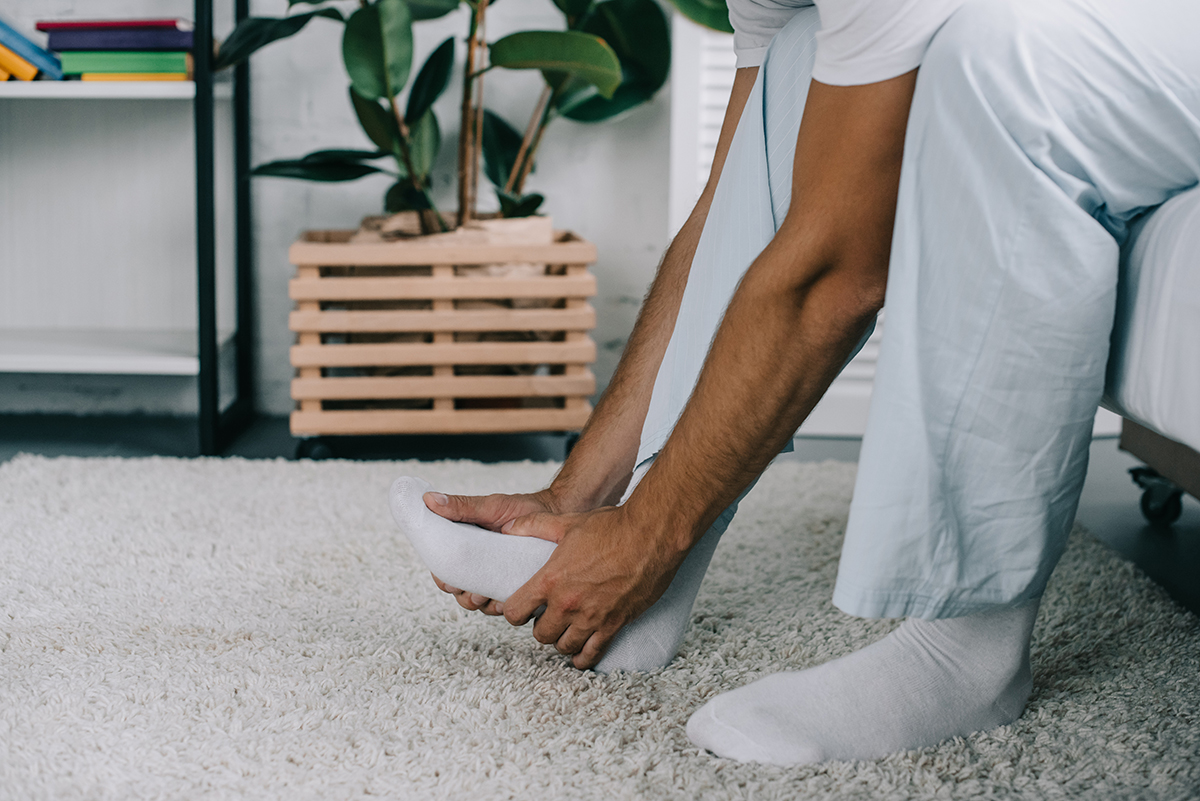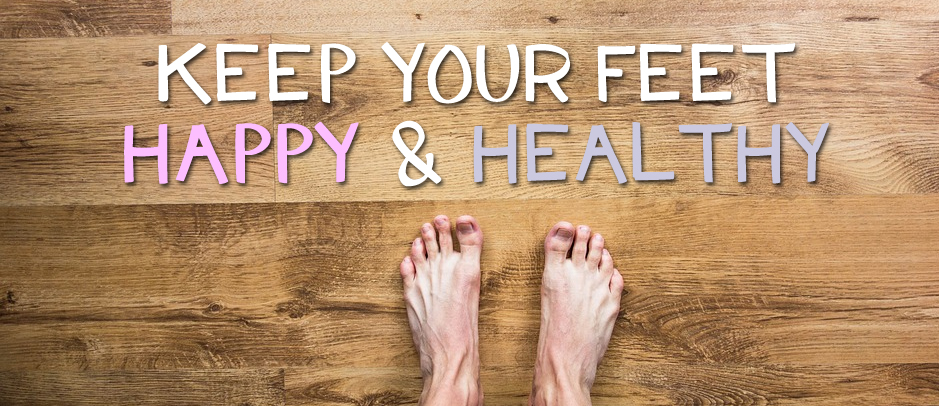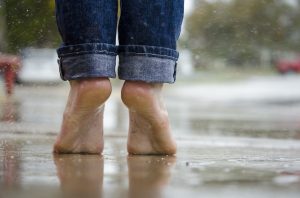The Feet: The Body’s Foundation
The feet are one of the most overused and taken for granted parts of the body. Since the feet are the foundation for the rest of the body, it would only be logical to begin developing strong, aligned, and full functioning feet from the start when developing a personalized fitness program. The feet should be a priority for developing sound fitness education in order to prevent injuries. Most fitness and sport injuries usually involve the feet. Even when the injury is to the knee, hip or back it can usually be traced back to a misaligned foot pattern.







 It’s pretty amazing that we all don’t suffer with achy feet. Leonardo Da Vinci, artist and engineer, said that “the human foot is a masterpiece of engineering and a work of art”. According to The American Academy of Orthopedic Surgeons, each foot has approximately 100 working parts including 26 bones and 33 joints. Twenty-five percent of all the bones in your skeleton reside in your feet, and they work hard. One mile of walking places over 60 tons of stress on each foot. The average person walks approximately 1000 miles per year. Serious runners often log 30 miles per week pounding their feet with forces 3 to 5 times body weight, absorbing 110 tons per foot, for each mile they run. It’s no wonder that 20% of all musculoskeletal related office visits involve the foot and ankle area. Foot problems cost the U.S. approximately 3.5 billion dollars a year. Perhaps Leonardo should have also warned us that artistic and durable do not often go together.
It’s pretty amazing that we all don’t suffer with achy feet. Leonardo Da Vinci, artist and engineer, said that “the human foot is a masterpiece of engineering and a work of art”. According to The American Academy of Orthopedic Surgeons, each foot has approximately 100 working parts including 26 bones and 33 joints. Twenty-five percent of all the bones in your skeleton reside in your feet, and they work hard. One mile of walking places over 60 tons of stress on each foot. The average person walks approximately 1000 miles per year. Serious runners often log 30 miles per week pounding their feet with forces 3 to 5 times body weight, absorbing 110 tons per foot, for each mile they run. It’s no wonder that 20% of all musculoskeletal related office visits involve the foot and ankle area. Foot problems cost the U.S. approximately 3.5 billion dollars a year. Perhaps Leonardo should have also warned us that artistic and durable do not often go together.